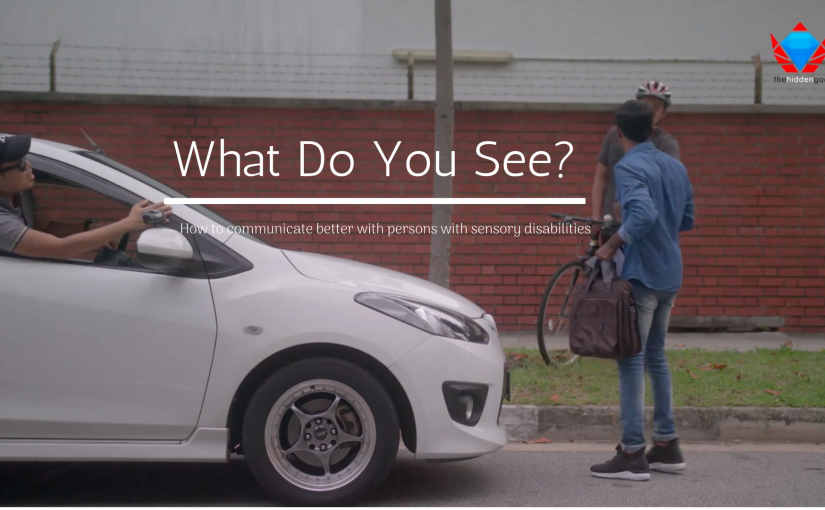Do you ever run into pedestrians who seem unaware of their surroundings?
Do you ever feel bothered by how dismissive or odd some strangers appear to be?
Do you ever consider if perhaps they have a sensory disability?
Asia alone is home to 40 million blind people, and more than 25 million Southeast Asians are deaf. These numbers are enough to tell us that deaf and blind people are common in our local communities. However, deafness and blindness are not as noticeable at first sight as most physical disabilities, and this causes people with sensory disabilities to be easily misunderstood by members of the public.
We attempted to raise awareness for this issue in our recent video series! If you have not watched it, here is episode 1!
Aside from hoping to raise awareness on this topic, we would also like to reduce the chances of these misunderstandings or challenges occurring. So here are a few friendly tips on how you should interact with those who have sensory disabilities!
For those who are visually impaired,
- Do not touch them or their white cane
It is instinctual to reach out to them if you were hoping to help them, but it is also important to remember that you must give them space. Touching or moving their white canes could greatly disorientate and distress them. Instead, let them hold you for support if they need it.
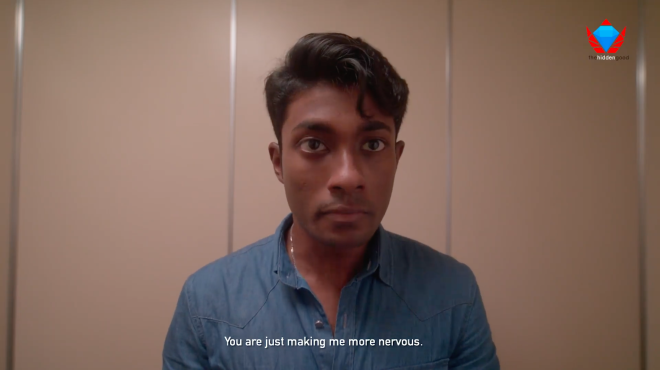
- Don’t forget to give non-visual instructions while guiding them
Remember that they are visually impaired when you’re helping them out. You should also offer to read out-loud any needed visual information for them!
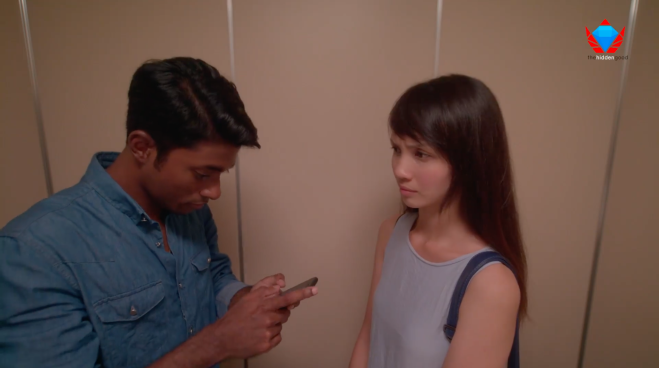
For those who are affected by deafness,
- Face them when you’re speaking to them and do not obstruct your face
This is definitely an important point, especially if the person at hand is trained in lip-reading. Even if they aren’t, it helps them understand that you are trying to communicate with them.
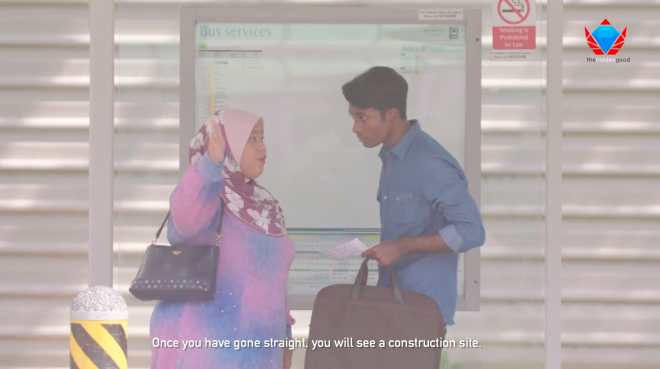
- Speak clearly and slowly
Do not shout because that will more than often distort your face and make it harder for them to understand what you’re trying to say. Speaking in a clear and slow manner will help lip-readers out a lot.
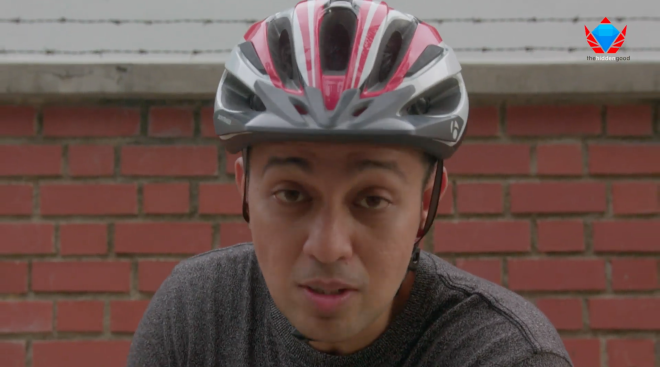
- Use your phone to type or write your messages down
Never forget that you can use your handy device, or even just a random pen and paper, to communicate. It will definitely make things much easier!

With that we leave you a quote from our video’s actor, who also is a volunteer of the SAVH, Ezmond:
I played a deaf and mute person in the short film and feel that it is definitely a struggle for a deaf and mute person to communicate. There is also fear, hesitation and doubtful when trying to convey a message. I feel that we should not judge people very quickly if they behave slightly oddly. We have to be more aware, kind, helpful and understanding to the people surrounding us. Patience is key.
To learn more, check out NCSS’s brochure which gives a wide overview of the different disabilities that people face!
https://www.ncss.gov.sg/Press-Room/Publications/Detail-Page?id=Understanding-Persons-with-Disabilities
All images were taken from The Hidden Good’s “What Do You See” series!

